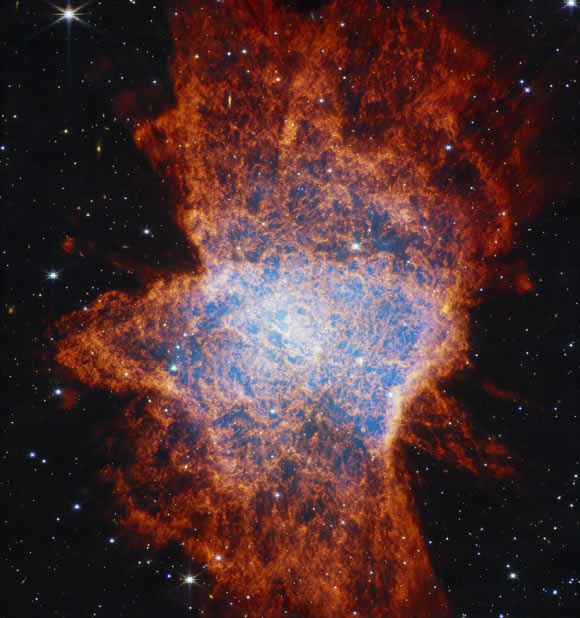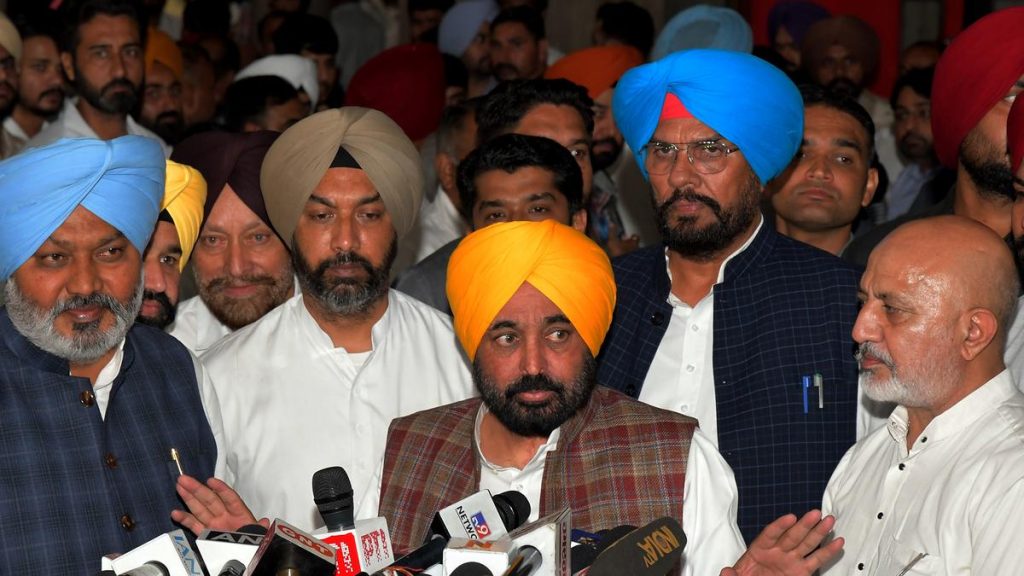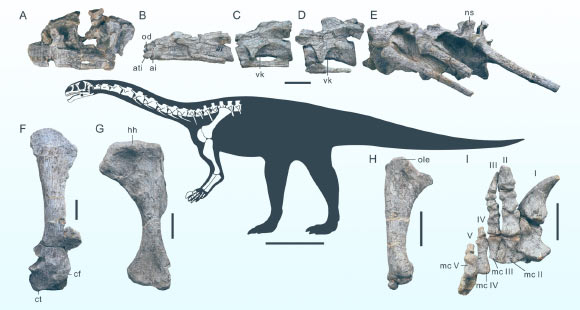Now Reading: Webb Telescope Reveals Two Stars Shaping NGC 6072’s Irregular Form
-
01
Webb Telescope Reveals Two Stars Shaping NGC 6072’s Irregular Form
Webb Telescope Reveals Two Stars Shaping NGC 6072’s Irregular Form

Fast Summary
- Astronomers using the James Webb Space Telescope captured high-resolution images of planetary nebula NGC 6072 in the constellation scorpius,approximately 4,048 light-years away.
- NGC 6072 has a dynamical age of 10,000 years and was first discovered by British astronomer John Herschel in 1837.
- The high-resolution images reveal that NGC 6072 is multi-polar with several elliptical outflows, indicating two interacting central stars: an aging primary star shedding layers and a companion star.
- Near-infrared (NIRCam) imaging highlights:
– Hot stellar core glowing light blue.
– Gas and dust appearing as dark orange material following pockets of dark blue areas.
– Evidence of inner fast winds affecting outer halos over thousands of years.
- Mid-infrared (MIRI) imaging reveals:
– Concentric rings likely carved by the secondary star orbiting the main star during earlier mass-shedding stages.
– Cool molecular gas traced as red (NIRCam) and blue (MIRI), while ionized hot gas concentrates toward the center.
Images provided:
Indian Opinion Analysis
The discovery deepens our understanding of planetary nebulae formation and thier diverse structures influenced by binary interactions between stars. For India-as it continues to expand its contributions to space exploration-the findings highlight how cutting-edge technologies like NASA’s James Webb telescope advance our knowledge about stellar evolution beyond conventional expectations.This provides valuable insights for Indian researchers developing instruments or missions aimed at studying distant cosmic phenomena under specialized conditions.
India may find opportunities to collaborate internationally on such astronomical studies, given its increasing aspirations in space science reflected through ISRO projects like Aditya-L1 solar observatory mission or Chandrayaan series. Understanding complex celestial dynamics involving planetary nebulae could inspire similar endeavors locally or globally promoting scientific innovation for all humanity.




























